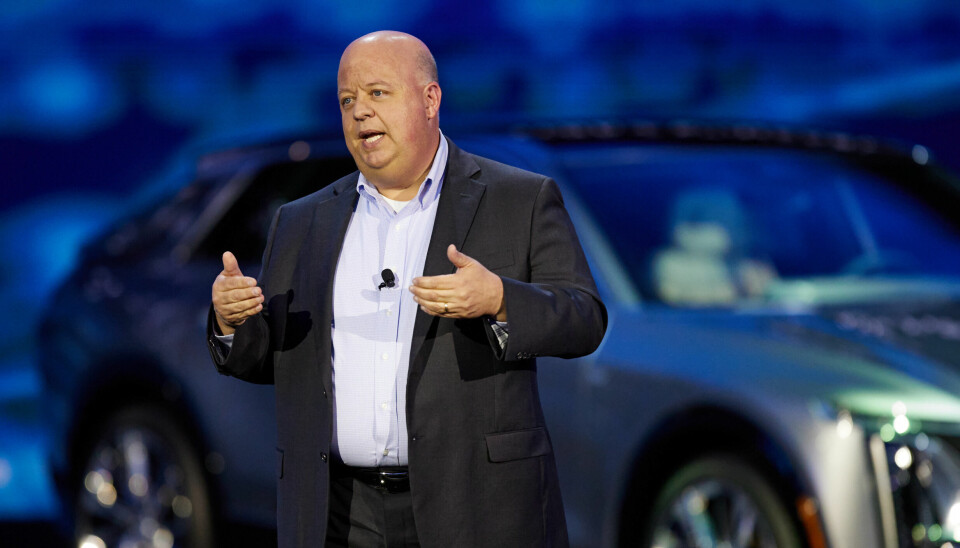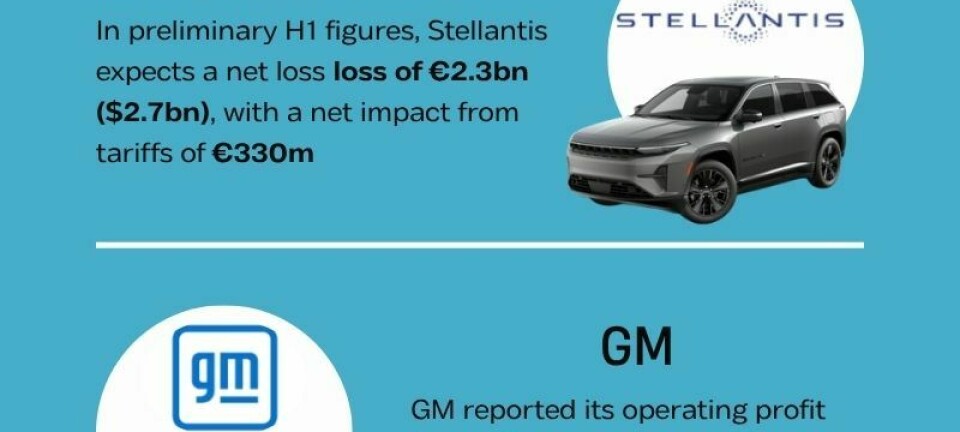GM invests $4bn in US
Trump tariffs cost GM over a billion dollars in Q2

GM has reported that tariffs on imported vehicles and automotive parts have cost it $1.1 billion in the second quarter of this year, a major contributor to its 21% drop in net income over the quarter.
By the end of the year GM expects the US tariffs brought in by Donald Trump to have cost it between $4-5 billion. GM said it expects Q3 net impact to be higher than Q2 because of the timing of indirect tariff costs.
In its Q2 earnings presentation GM’s CFO Paul Jacobson said the carmaker was making solid progress to mitigate at least 30% of tariff impact on income through “manufacturing adjustments, targeted cost initiatives and consistent pricing”.
Investment to reduce tariff exposure
In last week’s letter to shareholders GM’s chair and CEO Mary Barra said that the carmaker is “positioning the business for a profitable, long-term future as [it adapts] to new trade and tax policies, and a rapidly evolving tech landscape”. Barra also said that a planned investment of $4 billion in US assembly will “greatly reduce GM’s tariff exposure”.
That $4 billion investment will add 300,000 units of capacity for high margin light-duty pickups, full-size SUVs and crossovers, according to Barra. Additional capacity will begin to come online in 18 months, after which GM projects building more than 2m vehicles in the US each year.
As part of its Q2 earnings presentation GM said that it would be investing $4 billion through 2027 while keeping overall capital spend within $10–12 billion. That investment includes for additional production of full-size internal combustion-engine (ICE) SUVs and trucks. ICE models will be added to the Orion Assembly plant in Michigan and GM said it will also add an ICE Chevrolet Equinox SUV at the Fairfax Assembly plant in Kansas, alongside the Chevrolet Bolt EV. GM’s Spring Hill Assembly plant in Tennessee will build the ICE Chevrolet Blazer, in addition to the ICE Cadillac XT5, Lyriq and Vistiq EVs currently produced there.
Barra said in June that the $4 billion investment “demonstrates our ongoing commitment to build vehicles in the US and to support American jobs”.
Around $900m is also being invested towards next-generation V8 engine production in Tonawanda, New York. The new V8s will be 4-6% more efficient than current generation engines, according to GM. The engines will be used in popular full-size pickups and SUVs.
Wider earnings impact
GM is not alone in sustaining losses caused by the US policy on automotive tariffs. Last week Stellantis announced it is expecting to take a hit of €2.3 billion ($2.7 billion) in the first half of this year because of costs associated with US tariffs along with programme cancellations, restructuring and higher industrial costs, among other factors.
Tesla has also announced that Trump’s tariffs have cost it $300m in Q2, with the financial impact likely to increase in the coming months. In an investors call, Tesla's CFO Vaibhav Taneja said that around two-thirds of the tariff costs hit the company's automotive division, while the remainder affected its energy business.
Tesla posted a 16% drop in net profits for the second quarter, totalling $1.17 billion dollars. Automotive revenue fell 16% to $16.6 billion for the quarter.
The tax bill passed by Congress in June and backed by Trump will end the $7,500 tax credit for EV buyers in the US, which is expected to affect sales for Tesla from August.
This week Audi has also cited “drastically increased US import tariffs” as having an impact on its financial performance in the first half of 2025, along with restructuring expenses in connection with the German carmaker’s transformation.
Revenue for 2025 is now expected to reach €65 to €70 billion ($76 billion-$82 billion), down by more than €10 billion The operating margin is now foreseen to be in the corridor of 5-7% compared to the earlier range of 7% to 9%.







